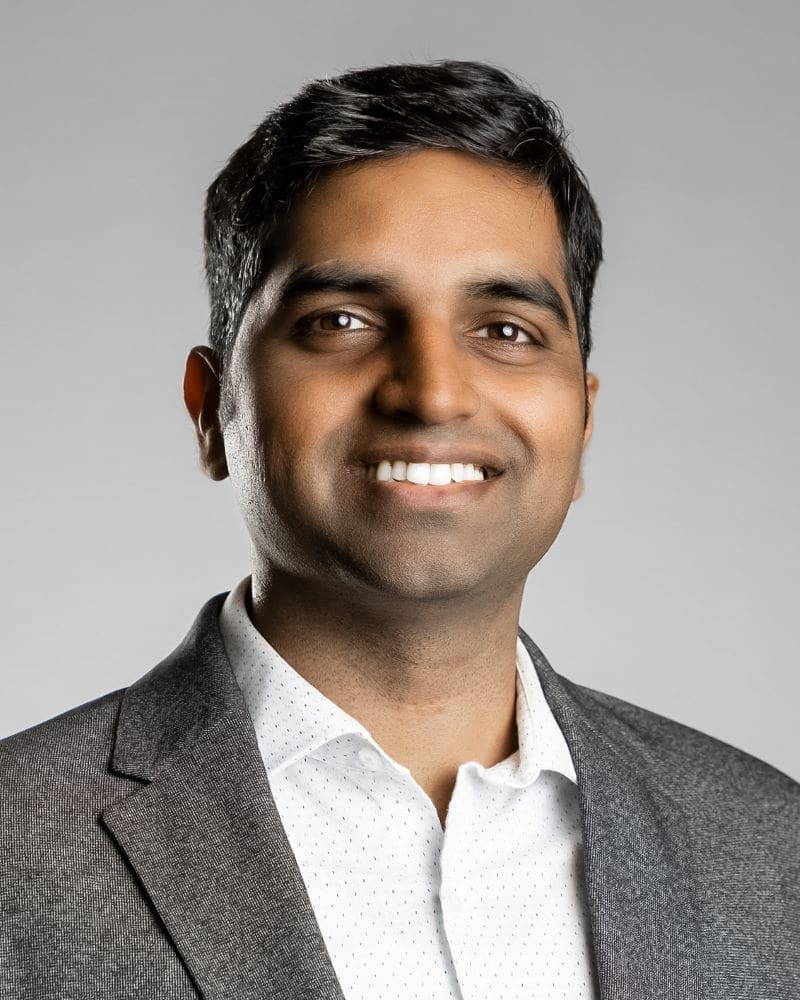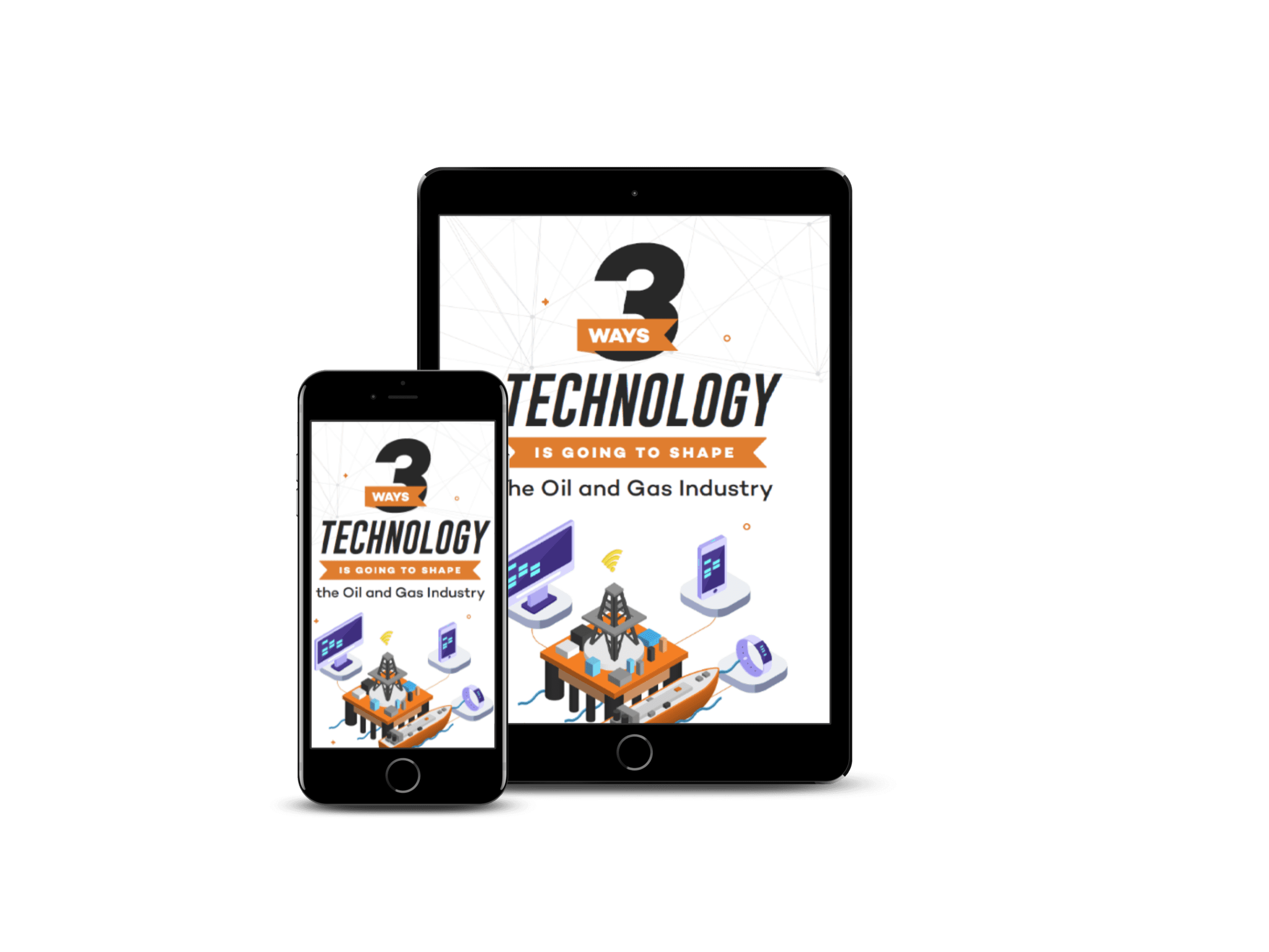With an impressive background spanning more than a decade, Sreekar stands very successful in the field of oil and gas operations. Specializing in mechanical engineering and corrosion mitigation strategies, Sreekar’s career graph is in itself a testament to his caliber. As a Senior Mechanical and Materials Engineer, his stewardship has been a keystone in maintaining the integrity of various critical oil and gas production facilities.
A proud Master’s graduate from the reputed Texas A&M University, College Station, Sreekar’s work revolves around the design of complex equipment and systems. His astute prowess in engineering has seen him handling critical process equipment packages, facilities, and modules across different geographical locations. Taking on the mantle of management and leadership in his sagacious stride, he has demonstrated his mettle by effectively handling interdisciplinary teams from India to Norway, and Brazil to Dubai.
A seasoned traveler, Sreekar believes in a hands-on approach, often journeying globally to not just manage teams but also offering astute engineering interface at fabricators and construction sites. A much-lauded figure within industry circles, Sreekar has received outstanding employee recognition multiple times. As we delve deeper into his journey, it is imperative to understand that Sreekar is not just a testament to what is achievable in modern mechanical engineering but a definitive roadmap on how to achieve it.
The evolution of Sreekar Parimi’s professional journey
He reflects, “By the time I graduated from A&M University, my skill base was wide-ranging. My work involved designing hydraulic power units for boats in New Orleans, which gave me an introduction to PLC programming and working with complex assemblies. My initiation into the Oil and Gas industry was as a project engineer for a petrochemical giant, Formosa Plastics. Here, I worked in several capacities, from a piping designer to a quality engineer to a mechanical engineer as needed on any particular day. This all-round experience earned me recognition and a position at Cameron.”
Upon moving to Houston, Sreekar then embarked on an intensive learning curve, gaining deep insights into oil processing, separation equipment, and packaging technologies. His multi-disciplinary skills, ranging from electrical engineering to metallurgy, allowed him to handle the technical and logistical demands of projects.
“After the acquisition of Cameron by Schlumberger (SLB), I continued to work on different advanced technologies,” Sreekar notes. “I innovated in areas of material selection, mechanical design, and assembly packaging, making significant contributions to the company and our clients. Leading global teams and fast track critical projects came naturally to me.”
In the latter half of the decade, Sreekar made strides in the corrosion science and materials selection for the oil and gas production domains. “By training myself from leading industry organizations like NACE (now AMPP), I honed an expertise in the prevention of hydrogen sulfide hazards,” he shares.
Through his enriching professional journey filled with diverse experiences, Sreekar developed a special focus on mechanical, materials, and corrosion engineering. His understanding of modules and facilities, and his specialized knowledge of materials selection and corrosion mitigation strategies, have established him as an invaluable asset in the oil and gas industry.
Leading across borders
Sreekar’s expertise in the oil and gas industry spans over a decade, in which he has spearheaded interdisciplinary teams across India, Japan, Brazil, Dubai, Norway and Houston. These experiences in diverse geographies have made him competent enough to navigate the global challenges inherent in the oil and gas industry – particularly those related to materials and corrosion.
“In my earliest exposure in a petrochemical plastics company, I saw the drastic implications of corrosion failures in Olefin and VCM plants. These failures originated from the tiniest microstructural defects in material processing and welding,” Sreekar recounts. His fascination with the minute and often invisible complexities of the microstructural world was fueled by the realization of the enormity of the large-scale danger they could pose. This manifested in notorious events such as the Deepwater Horizon oil spill, the tragic fate of Titanic due to brittle rivets, or Marcus oil tank explosions caused by faulty welds. Sreekar explains, ” The task of designing intricate technologies carries immense responsibility, requiring a profound understanding of the microcosm of materials and corrosion to ensure the safety of both life and property.”
His experience covers a range of fluid mediums from oil-water-salt mixtures, seawater, produced water, amine, TEG, and natural gas sour services. Over the years, he has dealt with the multifaceted challenge of striking a balance between risk, safety, cost, and design life.
Sreekar speaks passionately of the gravity of selecting the right materials in the oil and gas industry, “Even tiny washers and O-rings must follow strict specifications, as failure isn’t an option because of the hazardous implications.” Driven by the interdisciplinary nature of the field, amalgamating metallurgy, electrochemistry, and mechanics of materials, Sreekar continues his zealous quest for solutions. He studies literature, consults top experts, conducts extensive studies, and deploys apt solutions, evidencing his unshakeable commitment to mastering materials selection and corrosion mitigation.
Mastering the material world
In the realm of oil and gas production, the consequence of material choices can be staggering in terms of both cost and safety. Sreekar’s expertise lies in his ability to critically analyze designs and propose cost-effective and safe solutions, specifically tackling the prevalent issue of corrosion within the industry.
His pivotal role is best illuminated through his experiences with various projects worldwide. Unfazed by the complexity of a $100 million project in Egypt with a daily production capacity of 180 MMSCFD gas, Sreekar meticulously dissected the initial material selections, which were pulled from inaptly used references. He uncovered severe risks of lethal H2S gas-induced corrosion due to both insufficient corrosion allowance and misinterpretation of industry codes and standards. Apprehending the audit, he overhauled the corrosion mitigation strategy by using corrosion inhibitors, specifying a correct testing program for evaluating sour service resistance of metals per international standard NACE MR0175 and comprehensive corrosion assessments under potential unregulated conditions.
In another instance, working with the facility’s engineering team, Sreekar discerned an overuse of super duplex materials for oil separators. Highlighting the lack of oxygen, and high chlorides in the medium while noting the risk of external chloride stress corrosion cracking in marine atmosphere, he smartly transitioned to a more economical choice of commodity grade duplex along with the use of durable immersion grade epoxy coatings on external surfaces, and hydrophobic insulation with attendant drain holes to prevent water accumulation.
On a separate onshore marine project, Sreekar leveraged his interdisciplinary expertise to suggest an economically viable alternative to duplex stainless steel vessels in critical equipment in the process. He rationalized the removal of insulation that necessitates corrosion under an insulation environment, in favor of wireframe personnel protection along with the use of carbon steel that is internally cladded with stainless steel to prevent corrosion.
On the frontlines of innovation
Traveling the globe, Sreekar has not only managed interdisciplinary engineering teams but also gained first-hand insight into the unique corrosion challenges affecting different regions. As he navigated team collaboration across Japanese, Chinese, Indian, and American backgrounds, he became adept at navigating cultural nuances in work approaches. He notes, “I led a team composed of Japanese, Chinese, and Indian backgrounds dealing with a Japanese client, all coordinating with fabricators in Brazil, China, and the USA. I conducted workshops to improve cross-cultural awareness. Over time, I developed adaptive communication strategies; the team developed a rhythm and evolved into a cohesive group with common goals.”
His efforts weren’t confined to team building. Sreekar also grappled with material selection for low-temperature services, adjusting to diverse risk-taking measures between American and European standards. In Brazil, navigating regulatory oversight prompted him to assess the country’s local capability in duplex stainless steel processing and welding versus the requirements of NORSOK M-630 and M-601. He explains, “From a materials perspective, I had to consider the difficulty of obtaining highly qualified welders for duplex & super duplex stainless steels that could meet acceptance criteria of NORSOK standards. I advised management to choose fabricators or suppliers outside Brazil for critical equipment with high alloys, while placing stainless steel and carbon steel parts of the project inside the country or implement a rigorous QA/QC system with third party inspectors including witnessing at fabricator’s facility”
Working with new clients in the Middle East, Sreekar recognized significant differences in project goals and was able to provide lower-cost solutions. “When a client who doesn’t have native standards wanted us to build a facility in the Middle East, they tend to employ indiscriminately chosen stringent specifications. A 20-year design life instead of 30, and an onshore coastal instead of offshore environment presents the opportunity to provide much lower-cost solutions as opposed to standard high metallurgy and onerous inspection practices,” he reflects.
In cases of localized expertise scarcity, such as a lack of coating inspection proficiency, Sreekar adeptly adjusted his materials selection. “The economics of using vinyl ester coatings might outweigh the cost of fabricating higher alloy metallurgy in the USA,” says Sreekar. Be it in Brazil, the Middle East, or the USA, Sreekar’s experiences undeniably exhibit his mastery over the nuanced realm of corrosion mitigation and materials selection.
The importance of continuous growth
Sreekar is fervently committed to his professional development and the ongoing enhancement of his expertise in mechanical engineering, materials selection, and corrosion mitigation strategies. Maintaining an industry-leading position necessitates perpetual learning – a tenet at the very core of Sreekar’s professional creed.
Scaling the ladder of subject mastery in such a complex field as mechanical engineering, metallurgy, and corrosion mitigation exposes you to a paradox of knowledge. As he puts it, “The challenge of becoming an expert is that as you gain more experience, you become keenly aware of how ignorant you are and how vast any particular domain really is. It’s a humbling experience. Hence, it is critical to continue learning every day. This is best done through social learning from current industry experts.”
Sreekar actively seeks mentorship within his industry and participates in various professional societies, such as the National Association of Corrosion Engineers (now renamed AMPP), ASME, and ASM International. His pursuit of knowledge also includes regular attendance and participation in industry conferences, correspondence with global experts, and continuous training in topics that refine his skill set and add value to his work.
His learning efforts not only span the scope of social interactions but also involve solitary reading of research articles, periodicals, handbooks, and textbooks catering to his field, such as the ASM Handbooks, Corrosion Handbooks, Corrosion Journals, and Materials Performance Magazine, among others.
Sreekar believes in knowledge-sharing and often imparts his learnings to the engineers in his unit, cementing his own understanding while shedding light on areas that might require more insight. “I also teach many engineers in my company which deepens my own understanding of the subject and exposes the areas that I need to work further. It is a very useful instrument in professional development,” he claims. In this way, he turns his own learning into a collaborative process, benefiting both himself and those he mentors.
Making waves in the industry
In his 12-year career within the industry after his Master’s degree, Sreekar occupies an intriguing intersection of process, mechanical, piping, materials, and corrosion within the upstream oil and gas processing equipment and its packaging industry. His in-depth expertise in these areas has garnered him the distinguished MR0175 user certification, reserved for individuals with sour service expertise.
Amid his multifaceted professional pursuits, Sreekar is an active voting member across various standard committees such as AMPP and ASTM. His roles on these committees include the revision of standards, review, and approval of ballots. As a member of ASME, AIST, and ASME, he not only benefits from the premier professional societies for mechanical engineers, steel processing, and material sciences but equally enhances these organizations with his volunteer contributions and expertise.
Sreekar’s robust technical acumen is reflected in his written work, which is making significant strides in the industry. He has authored material classes for Hastelloy and super duplex, a bolt coating selection report, and insulation gasketing options for varied flange joint combinations. Furthermore, his work on corrosion under insulation solution strategies and the blast load methodology and insulation specifications showcase his commitment to bringing innovative yet practical solutions to the forefront of his industry.
His work transcends geographical boundaries, influencing and impacting global teams. In his own words, “My experience and work enhance the standards and contributions of these organizations in the end benefit wider society.” It is this global vision and relentless pursuit of excellence that has pushed the boundaries of materials selection and corrosion mitigation in the industry.
The art of teamwork
As someone deeply invested in the oil and gas upstream industry, Sreekar holds a key leadership role in implementing corrosion mitigation strategies. This job does not just rely on a thorough understanding and application of physical principles or deployment of state-of-the-art technology, but also heavily depends on effective communication and coordination.
Sreekar notes, “Many engineers have to make decisions quickly without sufficient knowledge, often resorting to search engines for advice, which eventually leads to an illusion of confidence. The pressure of urgency can sometimes compromise judgment and risk is underestimated. To combat this issue, and to foster a culture of learning, I have been emphasizing the importance of effective training. In doing so, I interact with members from different disciplines and divisions, facilitating a dialogue where they are made conscious of the relevance and impact of their decisions.”
A sergeant of the “Safety First” principle, Sreekar highlights the importance of safety in every training session and meeting, providing platforms for open exchanges of comments, queries, and feedback. His initiative for preemptive actions, such as identifying appropriate stakeholders and implementing resource planning, showcases his adeptness in conflict resolution and crisis management.
These effective communication strategies have proven crucial, especially in delivering projects that require advanced decision-making skills such as materials selection and corrosion management. By nurturing a learning culture within the team that welcomes knowledge exchange, Sreekar successfully reduces the risk of engineering errors that can result in not just financial burdens, but also potential hazards to personnel.
He concludes, “Rapid and timely knowledge diffusion is key to outcomes of an organization and in the company where I work, we have excellent platforms to facilitate this – a collective effort coupled with a great sense of safety subsequently results in the creation of a strong, competent, and safe workforce.”
Future aspirations for advancing materials selection and corrosion mitigation
In his fervent pursuit of mitigating corrosion and advancing materials selection in the oil and gas sector, Sreekar envisions an industry that is conscientious of climate change and the urgent need for energy transition. Despite having several years of experience in the field and multiple employee recognition awards, Sreekar is not complacent. He is acutely aware of the role he can play in addressing the challenges that lie ahead. His insights into the impending climate-related and materials challenges paint a vivid picture.
Sreekar asserts, “It is going to be truly a materials challenge more than anything else. All the new technologies that we urgently need require serious material innovations. On the other hand, the global cost of corrosion alone is estimated to be $2.5 trillion by an AMPP study. In order to meet the Net Zero target by 2050, it is important to first develop an inventory of CO2 emissions, then seek low emission alternative production routes for steel either by utilizing EAF or DRI steels using green hydrogen where possible, better engineering methods and choice of materials to reduce overall steel consumption and enhance lifespans of equipment.”
With optimism, he eyes the potential of breakthroughs in materials informatics, which can improve materials selection and corrosion strategies. Sreekar is passionate about creating an open information-sharing platform supported by world energy & steel producers that promotes the accelerated deployment of solutions to overcome industry challenges.
He acknowledges the complexities involved, especially in matching cost and schedule with customers’ requirements. However, Sreekar firmly posits, “I believe it can be overcome with adherence to reduced emission or emission-free products and by carving a reputation for that commitment” With this dedication, Sreekar forges ahead with his aspirations for advancing material selection and corrosion mitigation strategies in the oil and gas sector, in a gesture to our world and the industry’s sustainability.
Max Williams is an adept online journalist with expertise in SEO, video editing, and media analysis. With a keen eye for storytelling, he excels at uncovering and spotlighting the distinct talents within the energy sector.
Oil and gas operations are commonly found in remote locations far from company headquarters. Now, it's possible to monitor pump operations, collate and analyze seismic data, and track employees around the world from almost anywhere. Whether employees are in the office or in the field, the internet and related applications enable a greater multidirectional flow of information – and control – than ever before.





